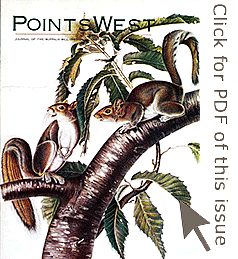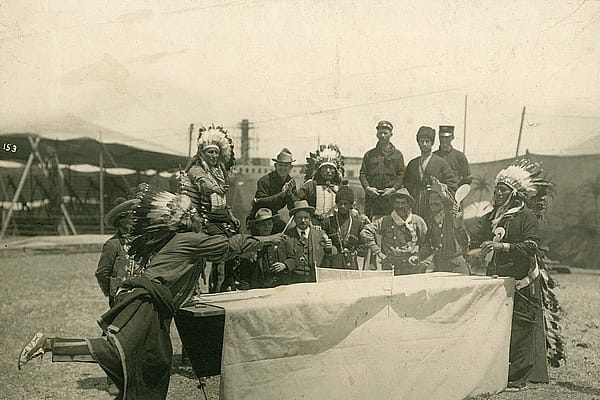
The Women in Audubon’s Life – Points West Online
Originally published in Points West magazine
Spring 2000
“Thou Art My Friend” – The Women in Audubon’s Life: Friends, Lovers, and Helpmates
By Barbara Foote Colvert
Former Publications Coordinator
Two similar women eminently shaped the life and career of John James Audubon: his stepmother and his wife.
Audubon was born in Santo Domingo on April 26, 1785, the illegitimate son of a sea captain and a chambermaid. His mother, Jeanne Rabin, died when he was barely seven months old. His father, Captain Jean Audubon, put his 3-year-old son on a ship bound for Nantes, France to be raised by his middle-aged wife. A year later, a half-sister, Rosa, followed.
Fourteen years her husband’s senior, Anne Moynet Audubon found herself at age 58 with two small children to raise and a husband who spent most of his time at sea or in ports of call. But this woman was not to be an aloof stepmother. She embraced the two young children as her own and showered them with a life of rich experience and educational opportunity.
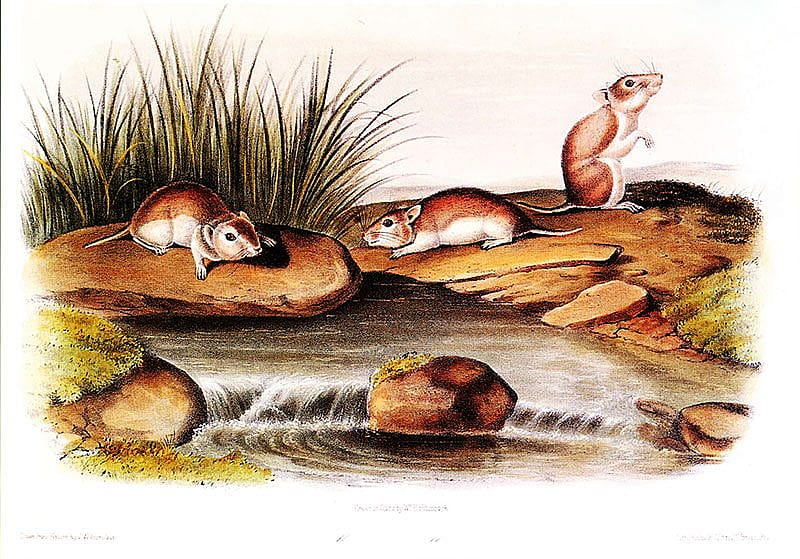
Young Audubon was offered a broad education that included lessons in drawing, music, dancing and fencing, and the traditional academic disciplines of geography, mathematics and mechanical drawing, which his father believed were fundamental for him to make his way in the world. The great blessing of his childhood, however, was his stepmother’s unqualified encouragement, especially for his wanderings into the countryside, and his fascination with all of nature. The boy often skipped school, especially when his father was away, and would venture into the woods where he gathered all manner of treasures-birds, bugs, lichens, feathers and rocks-and observed the abundant wildlife. He was especially fascinated by birds, climbing trees to collect their nests and eggs and to observe them in flight. If his meanderings caused him to be late for a meal, there would be no rebuke from his stepmother, only supper waiting to be warmed and set before him.
Throughout his life, Audubon remembered his stepmother with great affection and wrote that as a child he had been “received by the Best of Women, raised and cherished by her to the utmost of her Means.”(1)
“She certainly spoiled me, hid my faults, boasted to everyone of my youthful merits and, worst of all, said frequently in my presence that I was the handsomest boy in France,”(2) he would write later in life. It is no surprise that he would select as a lifetime partner a woman who was a match for his stepmother’s unqualified love and generosity of spirit.
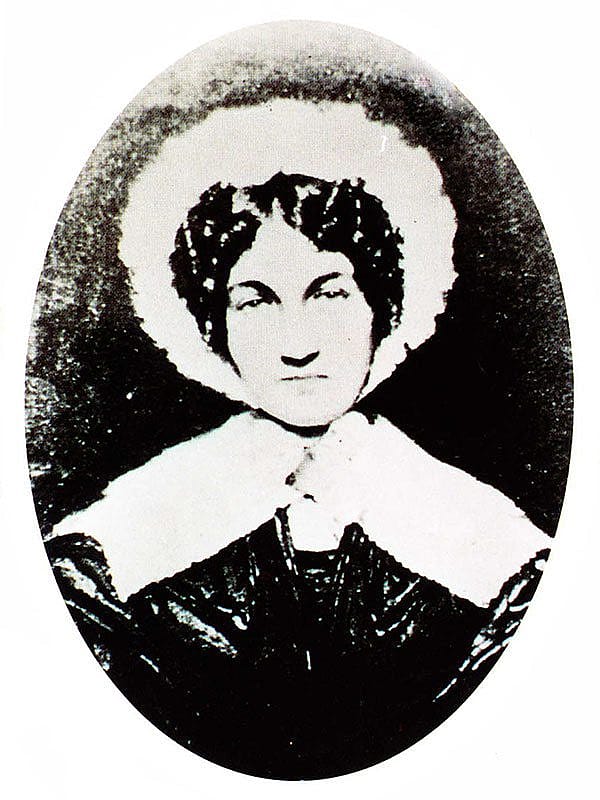
Lucy Bakewell was raised in England in a life of middle class privilege and opportunity and moved with her family in her late teens to Fatland Ford Farm outside of Philadelphia. The Bakewell property adjoined Mill Grove Farm where Captain Audubon had sent his only son to escape the draft into Napoleon’s army and to make his way in a potential mining operation. The mining enterprise would eventually fail but the attraction that began between 17-year-old Lucy and the striking Frenchman, then 20, was immediate and led to an extended courtship that foretold a rich and challenging life.
Four years later the couple was married on April 5, 1808. The bride left the security of her upbringing and headed west with her groom for what was then the edge of the frontier: Louisville, Kentucky. The Audubons welcomed their first child, Victor Clifford, on June 12th of the following year. The young family then moved to Henderson, Kentucky, where Lucy’s gifts as an educated countrywoman put her in good stead: she tended a large family garden and began to teach.
“Thou art my friend,”(3) Audubon said of his wife, and she was all of that and more. The family suffered the loss of two infant daughters, business failures, bankruptcy, and the scorn of family and friends. At the of age 32, Lucy Bakewell Audubon, to defray the family’s debts, had lost her home and all the antiques and furnishings bestowed by her mother’s estate. On a summer morning in 1819, she stood with her young sons, aged ten and seven, and watched her husband disappear into the woods wondering when she would ever see him again.(4) The 35-year-old Audubon wrote in his journal, “Without any money, my talents are to be my support and my enthusiasm will be my guide in my difficulties.”(5) Audubon was bound for Louisville with the only prized possessions he had left to him: his gun and his portfolio of bird pictures.
Lucy persevered and proved more than capable of meeting the challenges they faced. She worked as a teacher and governess, boarded herself and her children with families where she taught their children and the neighbors’ children with her own. When an engraver and publisher for “Birds of America” could not be found in this country, Lucy worked for six years to raise enough money for her husband to seek publishing opportunities in England. For months, sometimes years at a time, she was the sole support for herself and her sons. Yet through the family’s darkest and most challenging years, Lucy Bakewell Audubon held a steadfast belief in her husband’s talent as an artist and in the vision of his work as a naturalist, and staunchly defended him against his critics.
“On more than one occasion his genius for discovery was used against him,” she said.(6)
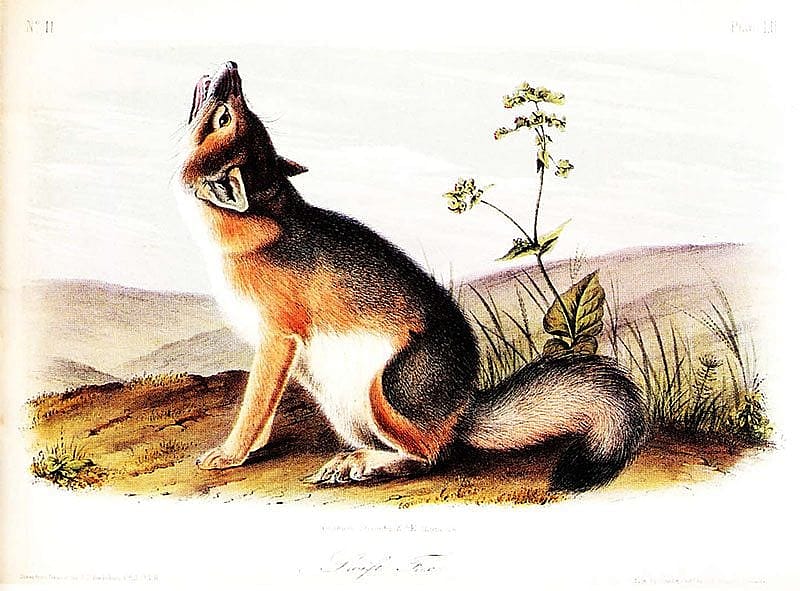
Like the stepmother who raised him, Lucy’s greatest gift to Audubon was allowing him to be who he was and to pursue the artistic vision that had propelled him since childhood. Had Lucy not been an independent woman with nerve and an imagination of her own, Audubon would, in all likelihood, have abandoned his life’s work along the way, and his genius would have been lost to the world.
Friends, lovers, and helpmates, the Audubons were full partners throughout the ebb and flow of their life together. “With her, was I not always rich?” John said of his Lucy.(7) Together, they delivered to the world an artistic legacy such as it had never seen before or since. Their grown sons worked into the family publishing enterprise -Victor Gifford overseeing the publication of many of his father’s works and John Woodhouse as an artist in their production.
An intriguing footnote to the Audubon story occurred after his death in 1851 and serves to underline the importance of Lucy’s role in his life. Picking up the profession that had served her well, she started a school for children who lived near the Audubon home. One of her students, George Grinnell, became a lover of birds and eventually founded the Audubon Society.(8) Audubon’s legacy would continue to impact the world, and his beloved birds would be revered and protected.
Endnotes
1. Strehinsky, Shirley. Audubon, Life and Art in the American Wilderness. New York, Random House, 1993, p. 13.
2. Ibid., p. 16.
3. Rourke, Constance. Audubon. New York: Harcourt, Brace and Company, 1936, p. 31.
4. Op.cit., Strehinsky, p. 99.
5. Op.cit., Rourke, p. 135.
6. Ibid., Rourke, p. 144.
7. Kendall, Martha. John James Audubon. Brookfield, Connecticut: The Millbrook Press, 1993, p. 33.
8. Op.cit., p. 41.
Read more about John James Audubon in a previous blog post, John James Audubon: Feathers to Fur.
Post 036
Written By
Nancy McClure
Nancy now does Grants & Foundations Relations for the Center of the West's Development Department, but was formerly the Content Producer for the Center's Public Relations Department, where her work included writing and updating website content, publicizing events, copy editing, working with images, and producing the e-newsletter Western Wire. Her current job is seeking and applying for funding from government grants and private foundations. In her spare time, Nancy enjoys photography, reading, flower gardening, and playing the flute.
